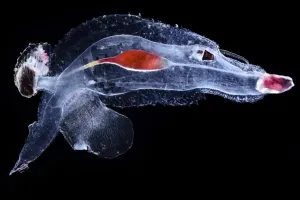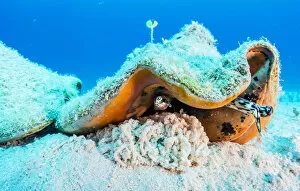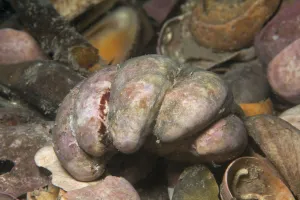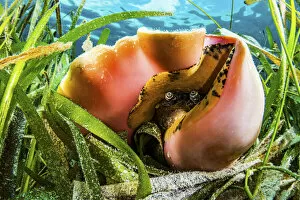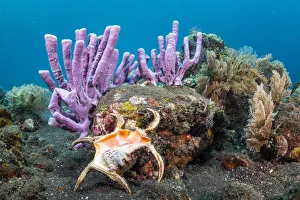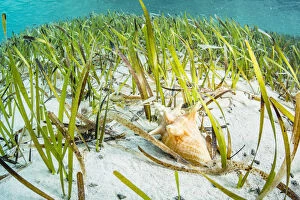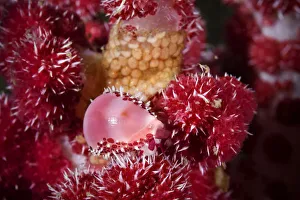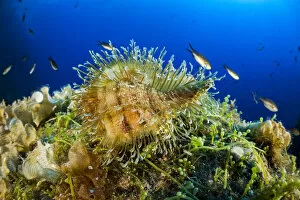Littorinimorpha Collection
Littorinimorpha, a diverse family of marine gastropod molluscs, encompasses a fascinating array of species and behaviors
All Professionally Made to Order for Quick Shipping
Littorinimorpha, a diverse family of marine gastropod molluscs, encompasses a fascinating array of species and behaviors. From the majestic Sea elephant with its placenta-like appearance to the colossal Giant tun, these creatures never fail to captivate. In the crystal-clear waters off Cat Island in the Bahamas, a small aggregation of Queen conch can be seen gracefully gliding through the ocean currents. These magnificent molluscs are known for their ability to lay eggs in the Exuma Cays Land and Sea Park, creating a spectacle that is truly awe-inspiring. However, not all members bring positive impacts. The invasive Slipper limpet has made its way to Jersey in the British Channel Islands, posing threats to local ecosystems. Despite this challenge, nature continues to thrive as we witness a Queen conch extending its proboscis and stalked eyes while moving gracefully through seagrass meadows. The beauty extends beyond just their physical appearances. A pair of Flamingo tongue cowries delicately perches on a common sea fan in Grand Cayman's Caribbean Sea. These stunning creatures prey upon their host organism while adding vibrant colors to an already mesmerizing underwater landscape. Trails left on sand-covered rocks indicate the presence of Edible periwinkle snails that have traversed these shores. Meanwhile, another Queen conch finds solace amidst Thalassia testudinum meadows in Bahamian seagrass beds - showcasing how vital these habitats are for their survival. Sea anemones find companionship with hermit crabs as they form symbiotic relationships within coral reefs worldwide. In Tulamben's tropical reef ecosystem lies an exquisite Chiragra spider conch shell - evidence of biodiversity thriving beneath turquoise waves. Even juvenile Queen conchs play crucial roles by feeding on algae growing abundantly on seagrass beds.

